Galangal’s not in your pantry? No sweat.
We’ve all hit that snag – you’re zipping through a recipe and bam, you’re out of a key ingredient.
Galangal’s unique, with its sharp citrusy, almost piney vibe. It’s a game-changer in dishes, especially in Thai and Indonesian cuisines.
Yet, here we are, needing a fix and pronto. Good news: there are some pretty stellar stand-ins that can save your dish.
We’re talking easy finds that you might already have lying around. No more halting your cooking groove.
We’re about to dive into the top five substitutes that will keep your culinary creations on track, without missing a beat.
What is Galangal?

Galangal is a plant in the ginger family that is native to Southeast Asia.
It has an intense, earthy flavor that is similar to ginger but with a hint of lemon.
Galangal is often used in Thai and Indonesian cuisine and can be found fresh, dry, or ground into powder.
When using fresh galangal, it is important to peel the skin before slicing or grating the flesh.
This can be done with a knife or a vegetable peeler.
Dry galangal can be rehydrated by soaking it in water for several hours, or it can be added directly to soups and stews.
Ground galangal powder can be used as a substitution for fresh or dry galangal, but it will not have the same flavor profile.
When using any form of galangal, it is important to start with a small amount and add more to taste.
This potent root can easily overwhelm other flavors if it is used in too high of a quantity.
The 5 Best Substitutes for Galangal
If you can’t find galangal or don’t like the taste, there are several substitutes that will work in a pinch.
Here are the five best substitutes for galangal.
1 – Ginger
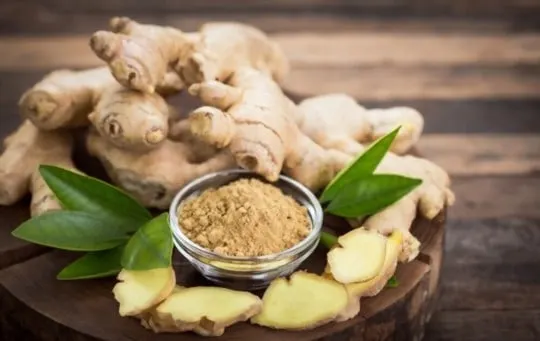
Ginger is a fragrant, slightly spicy root that is used to add flavor to food.
It can be used fresh, dried, or ground into a powder.
Fresh ginger has a sharp, lemony flavor that is perfect for adding zing to stir-fries and soups.
Dried ginger has a milder flavor that works well in baked goods and desserts.
And ground ginger can be used to add flavor to both sweet and savory dishes.
When using ginger, it is important to scrape off the brown skin first.
The flesh of the gingerroot is bright yellow or orange and has a slightly fibrous texture.
When cooked, ginger enhances the flavors of other ingredients without overpowering them.
So whether you’re looking to add a little zing to your cooking or simply want to try something new, give ginger a try.
2 – Galangal Paste
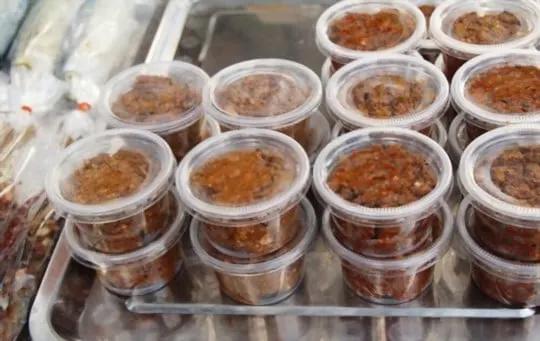
When it comes to Asian cuisine, there are few ingredients as versatile as galangal paste.
Sometimes also called Thai ginger, galangal is a root vegetable that has a slightly sweet and peppery flavor.
It’s commonly used in soups and curries, but it can also be added to rice dishes or stir-fries.
Galangal paste is simply galangal that has been peeled and chopped, then ground into a fine paste.
It can be bought prefixed or made at home using a blender or food processor.
When cooking with galangal paste, a little goes a long way.
Start by adding just a teaspoon or two, then taste and add more if desired.
Keep in mind that the flavor of galangal will become more pronounced as it cooks, so it’s better to err on the side of caution.
With its unique flavor and versatility, galangal paste is an essential ingredient in any well-stocked Asian pantry.
3 – Dried Ginger Powder
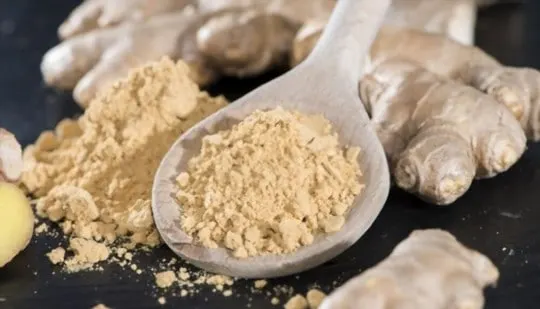
Dried ginger powder is a spice that is commonly used in Indian cooking.
It has a strong, pungent flavor that is both sweet and spicy.
Ginger powder can be used to add flavor to curries, soups, and stews.
It is also commonly used as a seasoning for meats and vegetables.
To use ginger powder, simply add it to the dish you are cooking.
Start with a small amount and add more to taste.
Remember that too much ginger powder can make a dish very spicy, so use it sparingly at first.
When storing ginger powder, be sure to keep it in an airtight container in a cool, dry place.
4 – Fingerroot
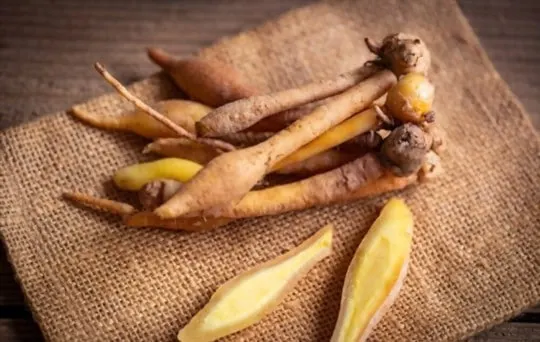
Fingerroot, also known as Boesenbergia rotunda, is a plant native to Southeast Asia.
It has a strong, pungent flavor that has been likened to horseradish or ginger.
Fingerroot has commonly used in Thai and Lao cuisine and can be added to curries, stir-fries, and soups.
It can also be used as a pickling spice or a natural alternative to food coloring.
When using fingerroot, it is important to peel and slice it thinly, as the flavor can be overwhelming if it is used in too large of a quantity.
For this reason, it is often used as a condiment rather than an ingredient.
When fingerroot is sliced thinly and added sparingly, it can provide an intriguing flavor that enhances many different dishes.
5 – Lemongrass
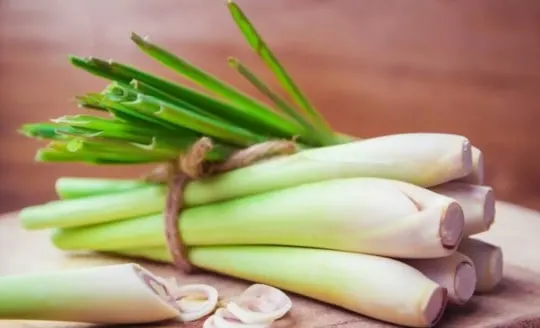
Lemongrass is a tropical grass with a lemony flavor that is popular in Thai and Vietnamese cuisine.
It can be used in soups, curries, and stir-fries or simply steeped in hot water to make a refreshing tea.
Lemongrass has a strong citrus flavor with a hint of ginger, making it an ideal ingredient for adding a burst of flavor to any dish.
When cooked, lemongrass releases a fragrant aroma that will fill your kitchen with the intoxicating scent of the tropics.
If you’ve never cooked with lemongrass before, start by adding a small amount to your dish and taste as you go.
A little goes a long way, so it’s easy to add too much lemongrass and end up with a bitter taste.
Once you’ve found the perfect balance of flavor, you’ll be hooked on this delicious herb.
Conclusion
In conclusion, these are the five best substitutes for galangal.
If you can’t find galangal or don’t have it on hand, any of these substitutes will work well in its place.
Just be sure to adjust the spice amount according to your preference.
The best way to find out is to experiment and see what you like best.
Do you have a favorite substitute for galangal? Let us know in the comments below.

The 5 Best Substitutes for Galangal
Ingredients
- Ginger
- Galangal Paste
- Dried Ginger Powder
- Fingerroot
- Lemongrass
Instructions
- Pick your favorite substitute from the list above.
- Follow cooking directions for your selected substitute with the proper ratio of ingredients.

Andrew Gray is a seasoned food writer and blogger with a wealth of experience in the restaurant and catering industries. With a passion for all things delicious, Andrew has honed his culinary expertise through his work as a personal chef and caterer.
His love for food led him to venture into food writing, where he has contributed to various online publications, sharing his knowledge and insights on the culinary world. As the proud owner of AmericasRestaurant.com, Andrew covers a wide range of topics, including recipes, restaurant reviews, product recommendations, and culinary tips.
Through his website, he aims to inspire and educate fellow food enthusiasts, offering a comprehensive resource for all things food-related.

Leave a comment